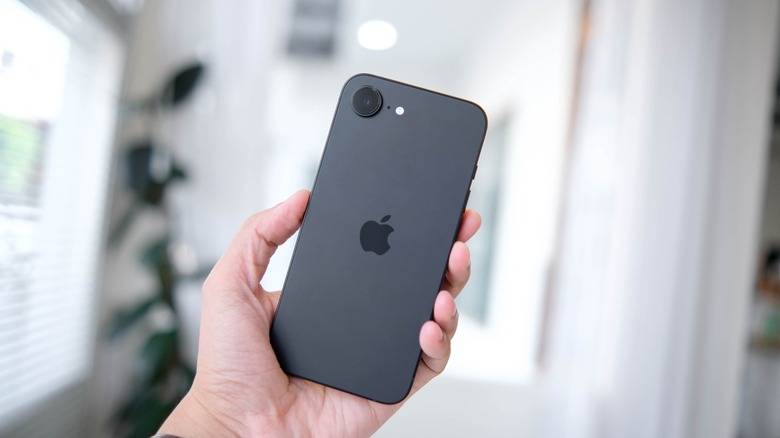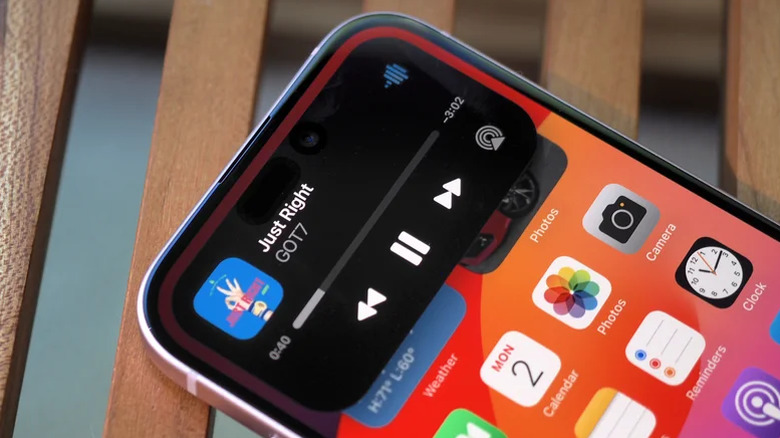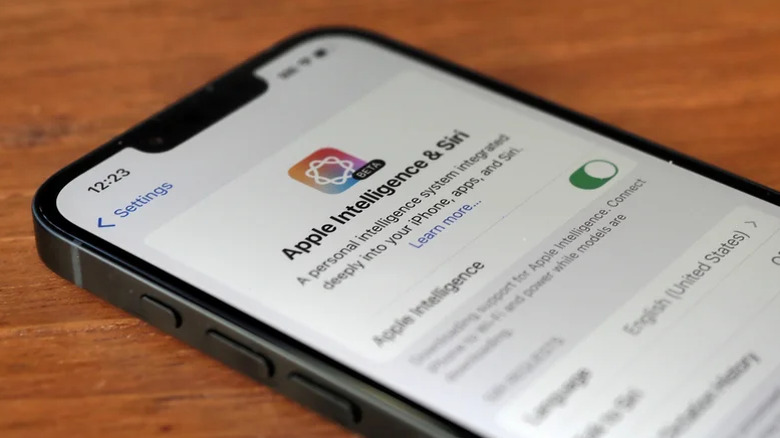iPhone 15 Vs 16e: How The Two 'Budget' Phones Compare
Apple's lineup of iPhones has been pretty consistent for the past few years — you have a base model that offers all the essentials, a Plus variant that adds a bigger screen and battery to the mix, and two Pro versions that offer the best that Apple is capable of in terms of display, optics, and performance. We've also had a few generations of the iPhone SE retailing at comparatively more affordable price points than the rest of the series.
The iPhone 16e is the spiritual successor to the iPhone SE and employs the same formula of refreshing the internals in the form factor of an older iPhone model. The device starts at $599, which is a cool $200 less than the regular iPhone 16 — and this difference in price might be worth enough for many to compromise in the areas where the 16e cuts corners. However, Apple also currently sells the previous generation iPhone 15 at $699 — just $100 more than the budget-oriented 16e.
Apple's devices are known for their longevity, and iPhones are some of the most gracefully aging phones in terms of software support. This makes even a previous generation model like the iPhone 15 a solid recommendation — especially when you consider that despite being newer, the 16e is targeting a slightly different demographic of users, ones that may be okay with a few feature omissions. Besides the price and release year, let's delve into the big factors that differentiate the two iPhone models.
Design and hardware
One of the first things you will notice comparing these two models side by side is the different type of display cutout. The iPhone 15 adopted the Dynamic Island — a hardware change that was first seen in the iPhone 14 Pro. The iPhone 16e, on the other hand, is more reminiscent of older notched-style iPhone models, like the iPhone 14. Although you're not losing any usable screen realestate with the 16e, the Dynamic Island does have a few tricks up its sleeve.
It's used predominantly for displaying Live Activities on the iPhone, and acts as an interactive bubble that gives you quick access to actions like music playback. As more apps start implementing Live Activities for their services, iPhones with the Dynamic Island end up being better at displaying them. That said, the iPhone 16e still supports Live Activities in the notification panel on the lock screen.
Both iPhones have a similar design language with flat edges, thin bezels, and nearly the same 6.1-inch OLED display — with the iPhone 15 being a touch brighter. Unfortunately, no matter which iPhone you pick, you will be stuck with a refresh rate of 60Hz. Another huge omission on the 16e is that of the ultrawide camera. Unlike the iPhone 15 that lets you zoom out for a wider field of view, you're restricted with the single 48-megapixel shooter on the 16e. However, as explored in our review of the iPhone 16e, the camera is solid for everyday use.
Performance and battery
One aspect where the newer iPhone 16e takes the win is performance. It shares a slightly binned version of the A18 chip, found in the costlier iPhone 16. What widens the gap even further is the fact that the iPhone 15 utilizes an already older A16 chip. Though you are unlikely to notice either phone struggling in daily use, the 16e does have more horsepower, which will help you squeeze a few more years out of the device. The iPhone 16e also features 8GB of RAM, compared to 6GB on the iPhone 15. This makes only the 16e compatible with Apple Intelligence, for better or for worse.
The iPhone 16e is rated for up to 26 hours of video playback, compared to 20 hours on the iPhone 15. Pairing this with a more efficient chip and connectivity upgrades on the 16e, you're likely to get noticeably better battery life here. Although both models support wireless charging, the iPhone 15 manages speeds up to 15W, compared to just 7.5W on the 16e.
The lack of MagSafe on the iPhone 16e might also be a dealbreaker to many, especially considering that it's been a feature in all iPhones (except the SE) since 2020. Fortunately, you do get USB-C connectivity on both models and a minimum storage configuration of 128GB. If you're a fan of the customizable Action Button, then the 16e has got you covered — although the simpler two-way mute switch on the iPhone 15 is quite convenient.


